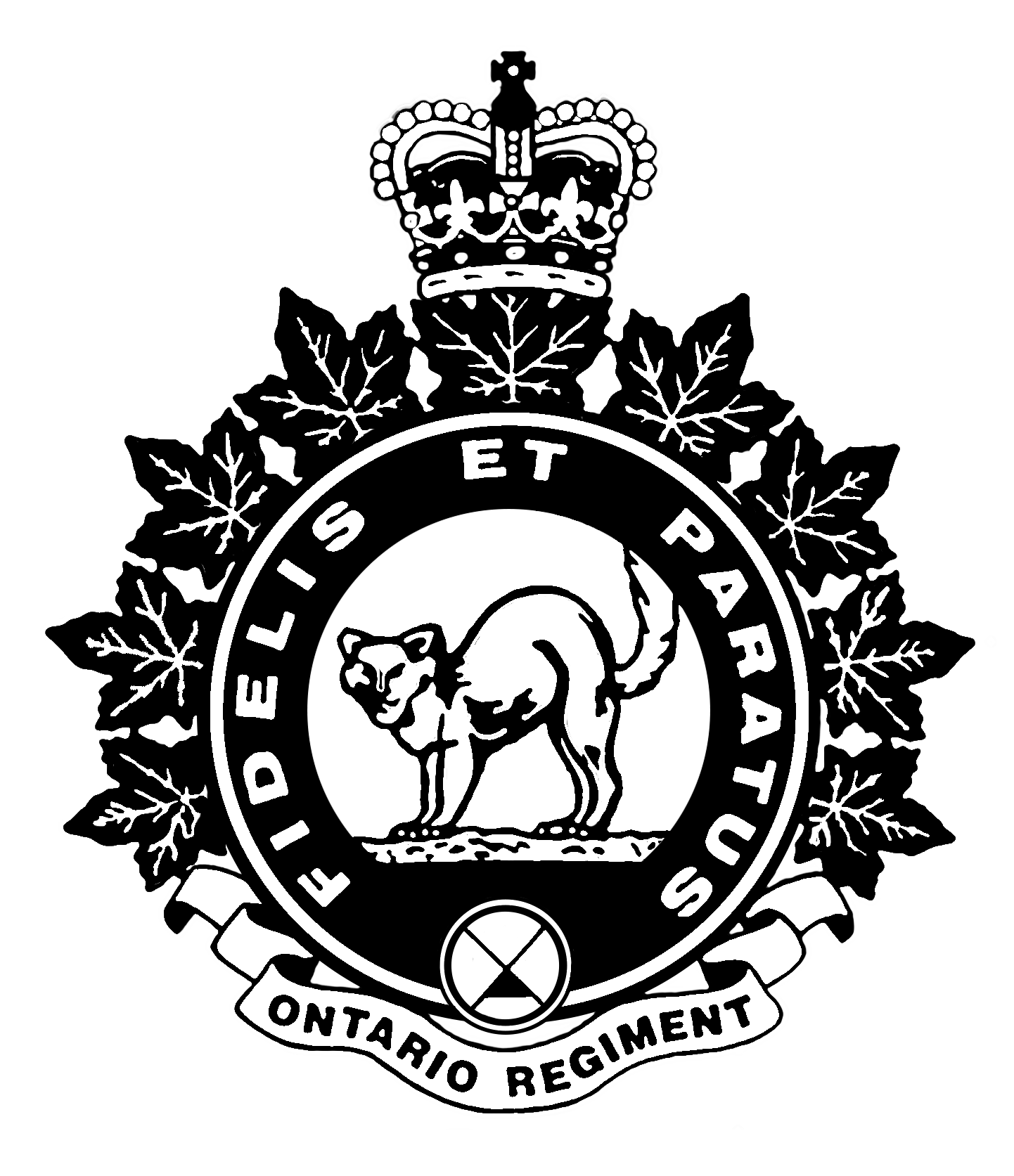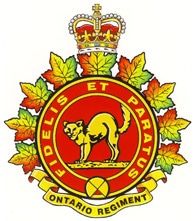In the previous article, (“Operation Goldflake”) the Ontario Regiment and other Canadian units had arrived in northwest Europe from Italy to join their comrades who had been in Europe since D-Day. Specifically, the Ontarios were in Mouscron, Belgium.
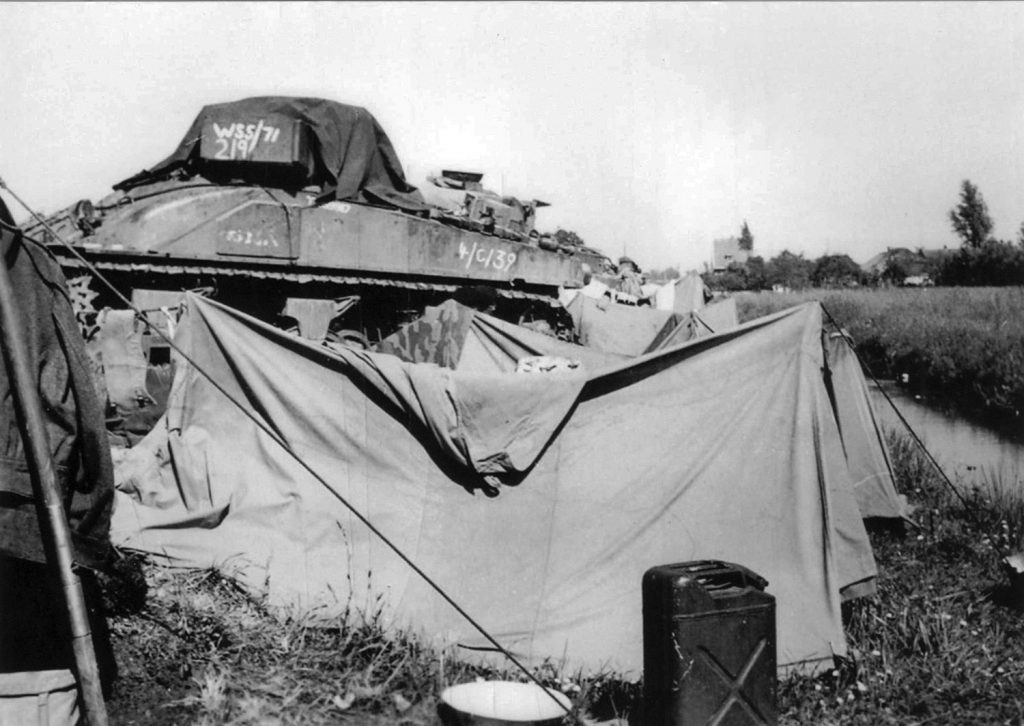
The Regiment left Mouscron on 23 March, 1945 and moved to various locations on the outskirts of Nijmegen, Netherlands. The next few days were spent preparing equipment and vehicles as they arrived.
Operation Destroyer was the first operation in the Netherlands for the Ontarios who supported elements of the British 49th (West Riding) Division in clearing Germans from the area at the confluence of the Waal and Nederrijin rivers, north-east of Nijmegen. This operation began on 2 April, was quickly completed and the tanks were back in the Lent area by 5 April.
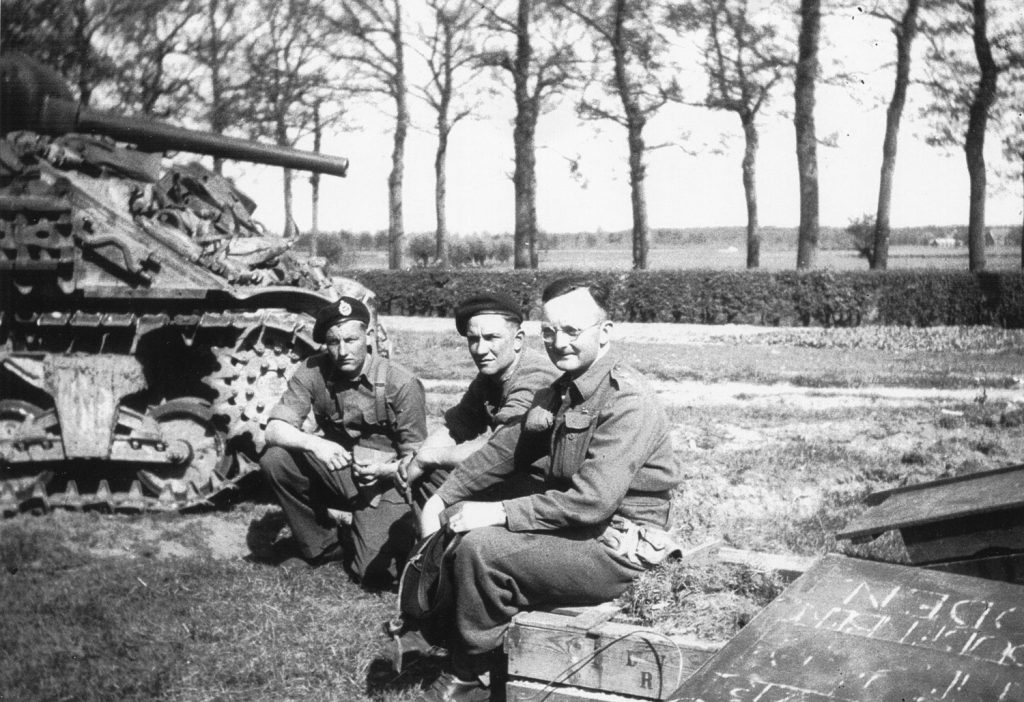
The Ontarios quickly got accustomed to the extra firepower that came from their new Shermans armed with the 17-pounder main gun. Throughout the Italian campaign the majority of their tanks were armed with the less powerful 75-mm gun. Lieutenant Harry MacDonald recalled of the 17-pounder: “It was a beautiful weapon; you could thread needles with it at 3,000 yards.”
Up next was Operation Anger, with the objective to cross the IJssel River and then liberate Arnhem. The Ontario Regiment’s role in Anger was to support the British 146th Infantry Brigade and cross the river east of Arnhem. Operation Anger began on 13 April. The war diary reported that same day that “the crust of the resistance” in Arnhem was broken. The next two days were spent clearing areas in south Arnhem, with the city being completely liberated on 15 April.
All three squadrons participated in the liberation of the town of Dieren on the 16th. The war diary noted that “A” Squadron did all the work and it was “joy ride” for “B” and “C” squadrons. The Dutch underground fighters in Dieren began rounding up collaborators immediately upon the arrival of the Ontarios.
Cleaning up operations continued over the next few days but German resistance was waning. On 19 April the war diary noted that there wasn’t much to do, other than contact patrols:
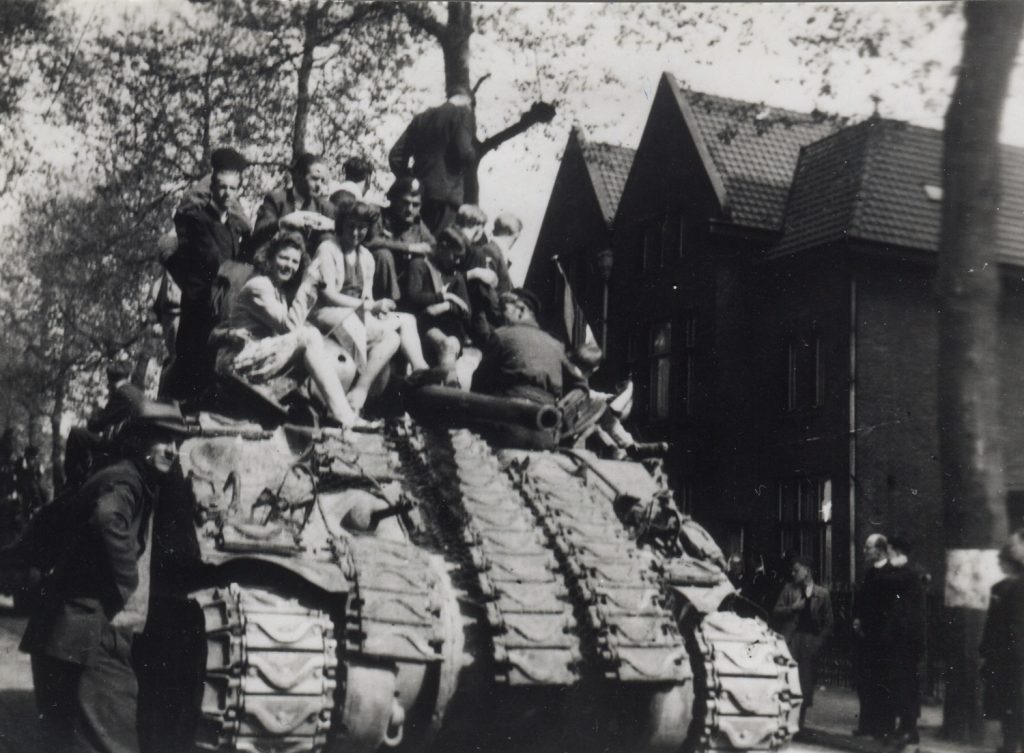
“The Dutch give a lot of assistance on these patrols, rendering information as to locations and strength of enemy dispositions. B Sqn having the time of their lives. After doing a patrol from EPE to KAMPEN and ELBURG they returned to EPE. Total mileage about 100 miles. Travelling at top speed down main roads “liberating” village after village seems to be quite the thing these days.”
During the last two weeks of the war opposition from the Germans generally came in the form of sporadic machine gun, mortar and shell fire but there were few casualties among the Ontarios. There were no deaths during the Regiment’s time in the Netherlands.
On 27 April the war diary noted, “All is quiet” and discussed the rumours that the Germans were ready to surrender. There were no more combat operations after the 27th.
Lieutenant Colonel Robert L. Purves left the Regiment for leave to Canada on 29 April. Major D.H. McIndoe was named acting commanding officer. Lieutenant Colonel Charles M. McLean assumed command of the Ontario Regiment on 6 May.
On 5 May the Germans surrendered their forces in north west Germany, the Netherlands, Denmark and the Frisian Islands. The war officially ended on 8 May.
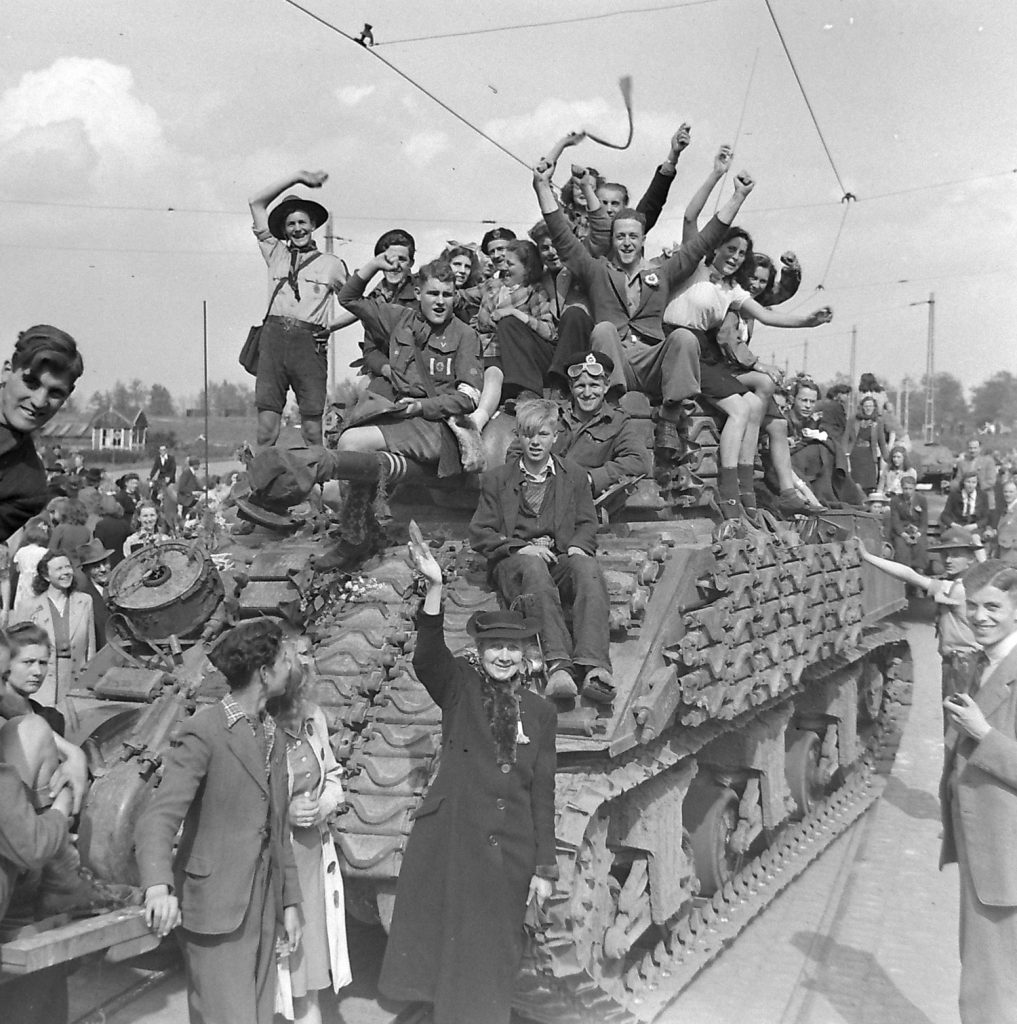
The Ontarios took a small part in the German surrender, which took place at the Hotel de Werald in Wageningen. “A” Squadron’s 3 Troop, commanded by Lieutenant Malcom Sullivan, was ordered to provide a “visible guard” in the front of the hotel. Sullivan positioned four of his tanks in front of the hotel with the guns pointing toward the front door. German General J. Blaskowitz met with Canadian Lieutenant General Charles Foulkes, commander of 1 Canadian Corps, at this hotel to negotiate the terms of the German surrender.
During their time in the Netherlands the Ontario Regiment participated in liberating many Dutch communities, including: Rijkerswoerd, Arnhem, Dieren, Kampen, Elburg, Degeer, Flieren, Doornenburg, Zand, Elden, Ede, Bennekom, Wageningren, Utrecht, Renswoude and more that were not documented.
Rod Henderson
Rod Henderson is the Regimental Historian of the Ontario Regiment. He served as a Sergeant in the Regiment and is the author of “Fidelis Et Paratus: The History of The Ontario Regiment RCAC”.

